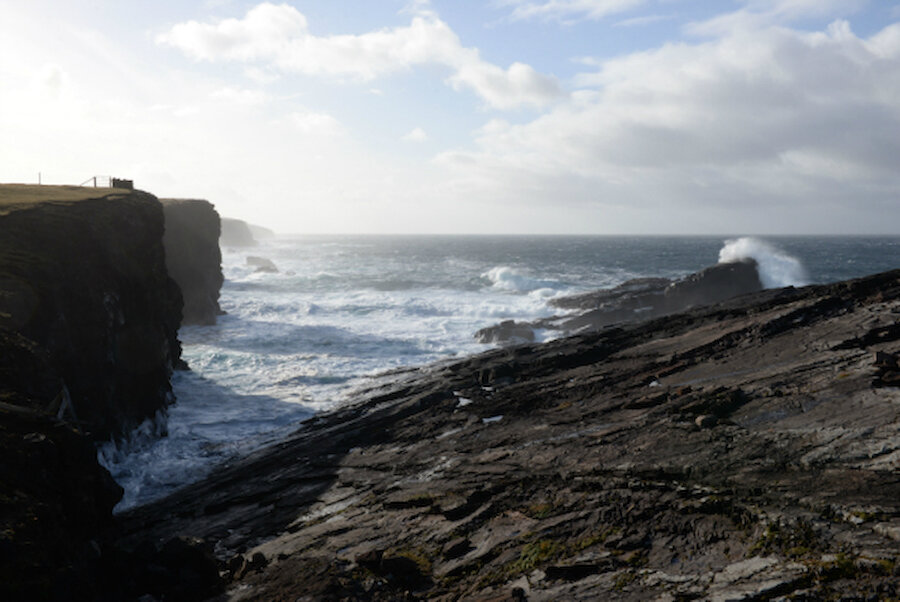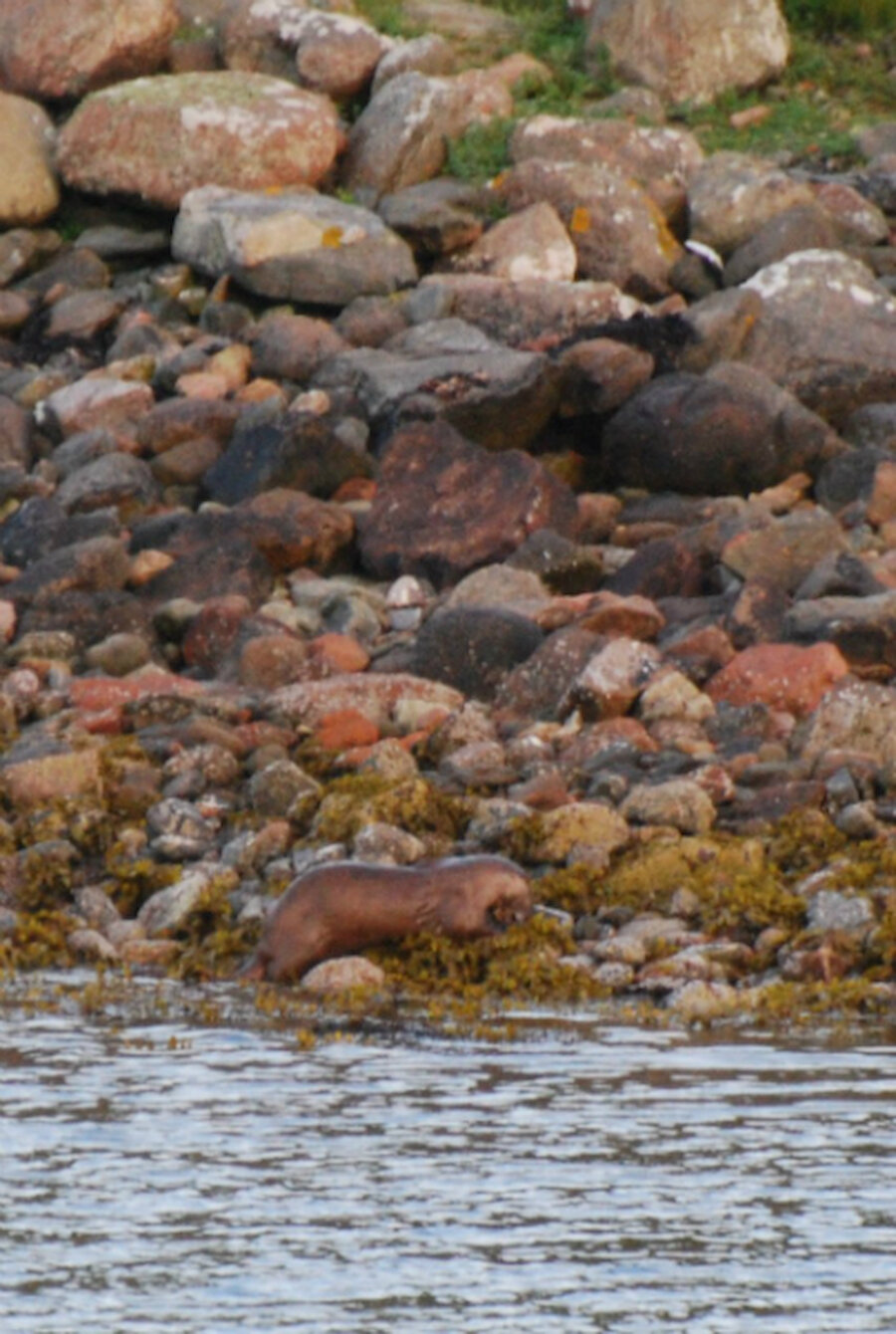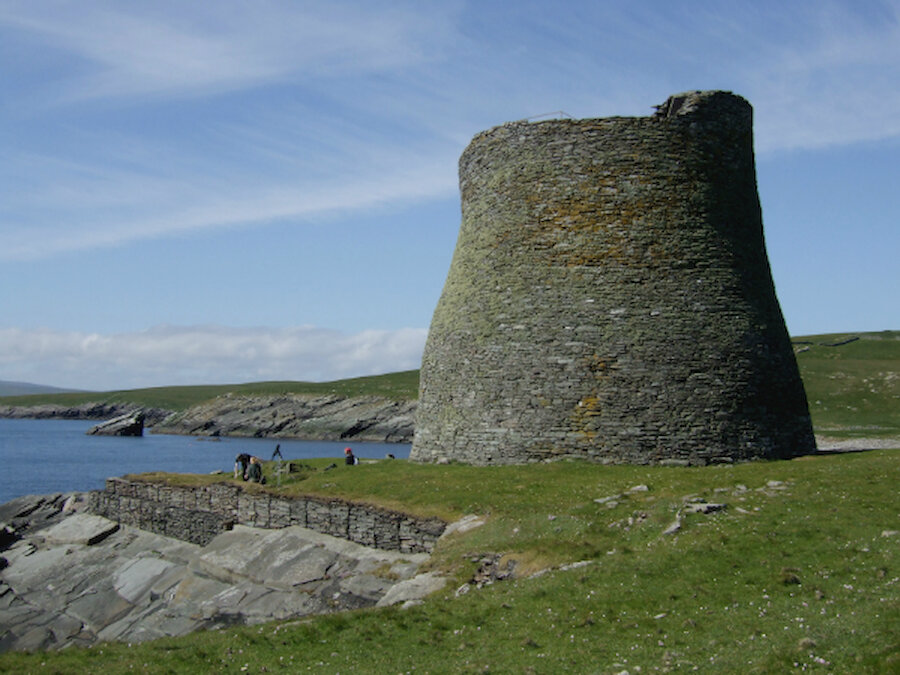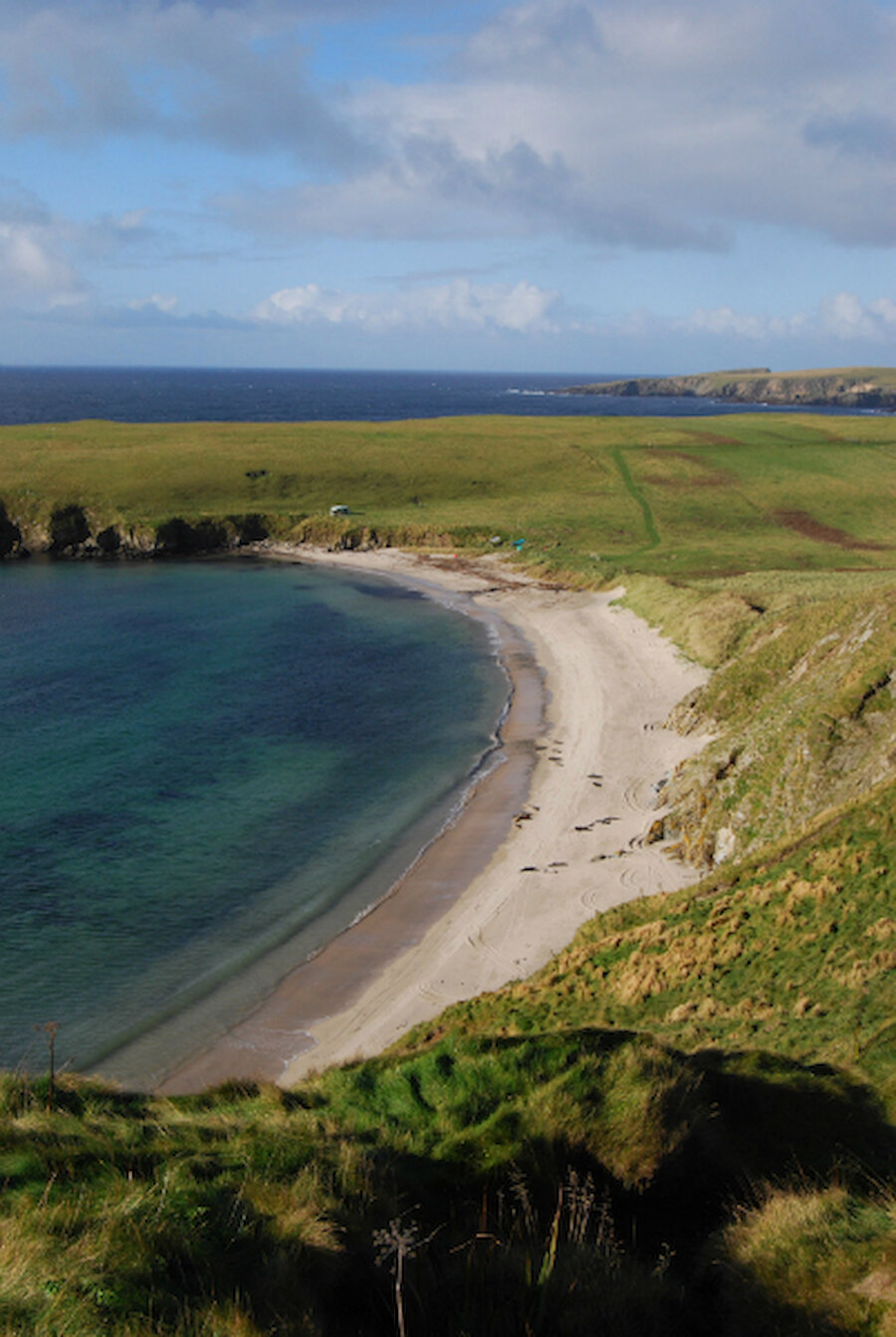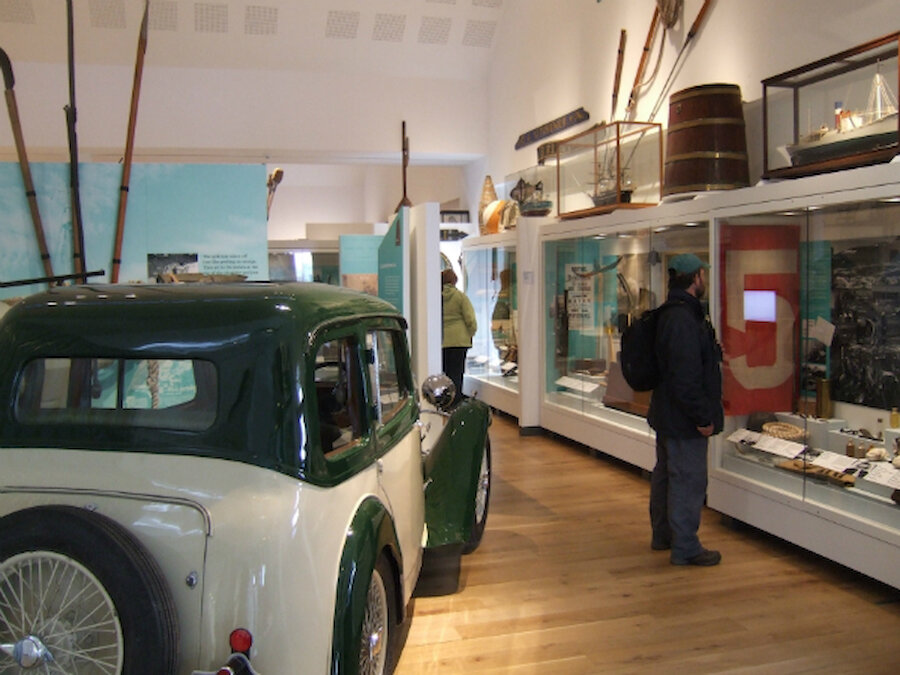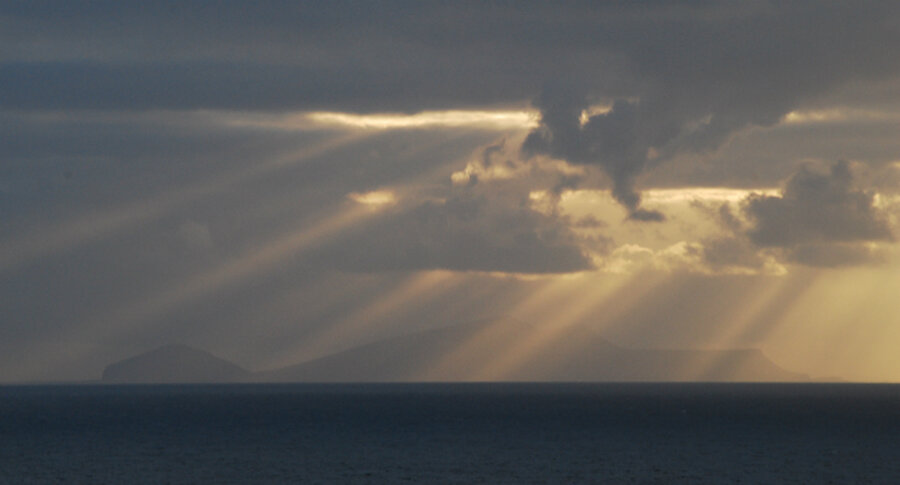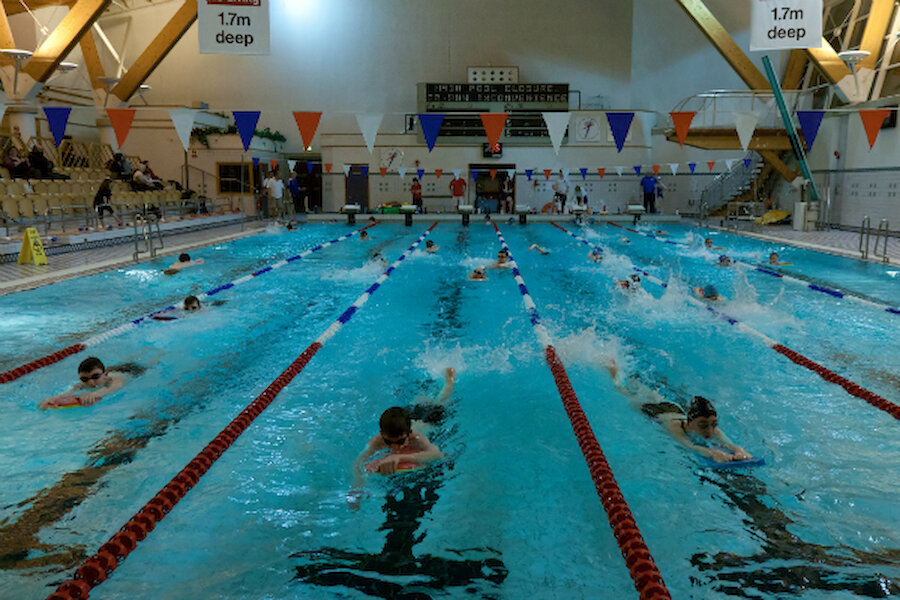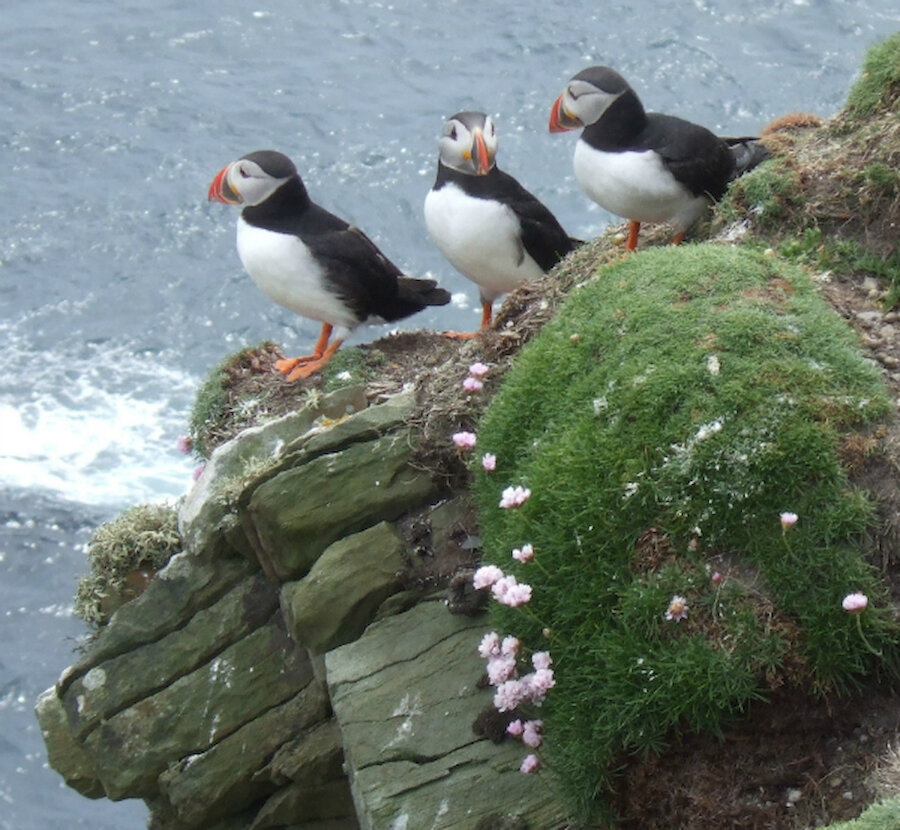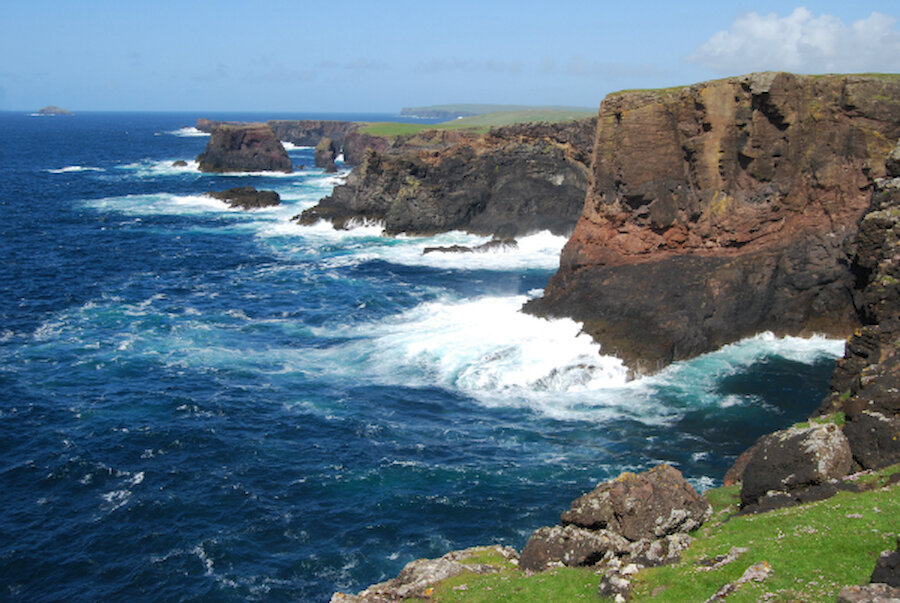When to visit Shetland? A visit can be enjoyable and rewarding at any time of year. From January to March, there are several fire festivals, including the largest, the Lerwick Up Helly Aa. Whatever their scale, though, these are spectacular community events.
As the days rapidly lengthen, the scope for all sorts of outdoor activities open up. By mid-May, the sunset has begun to move around the northern horizon and in June and early July it’s so light that the really energetic can walk, beachcomb or play golf all night should they feel so inclined. This is a particularly good time to visit if you want to see the seabird colonies at their best and, of course, make the most of all that daylight. As summer gives way to autumn, the weather usually remains mild, though occasional gales can create spectacular seas around the coast. In winter, we keep an eye out for the northern lights, or aurora borealis, on any clear night.
You might want to fit a visit around one of our festivals. If music moves you, the Shetland Folk Festival offers eclectic sounds from around the world; over the years, it has embraced everything from bluegrass to Mongolian throat-singing, klezmer to trad jazz. There’s always a generous helping of Shetland’s traditional fiddle music, and more of that can be heard during the annual Folk Frenzy and the Shetland Accordion and Fiddle Festival.

